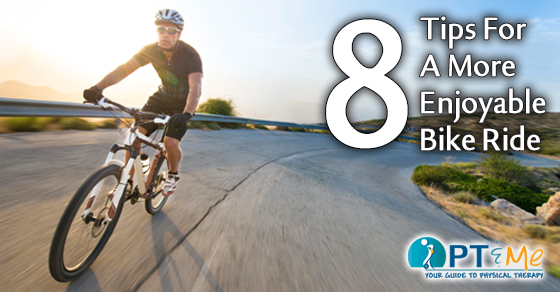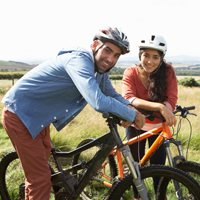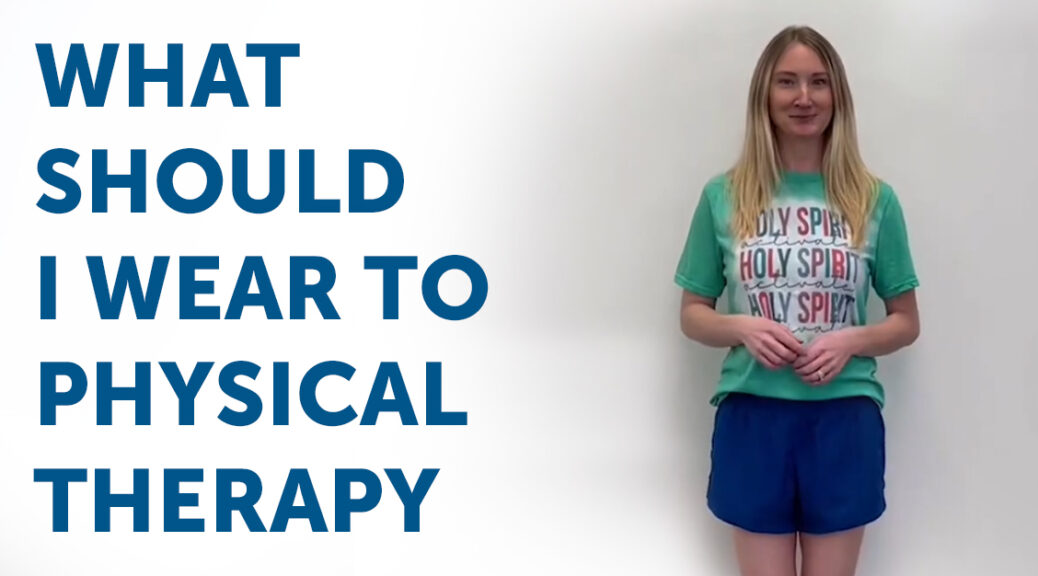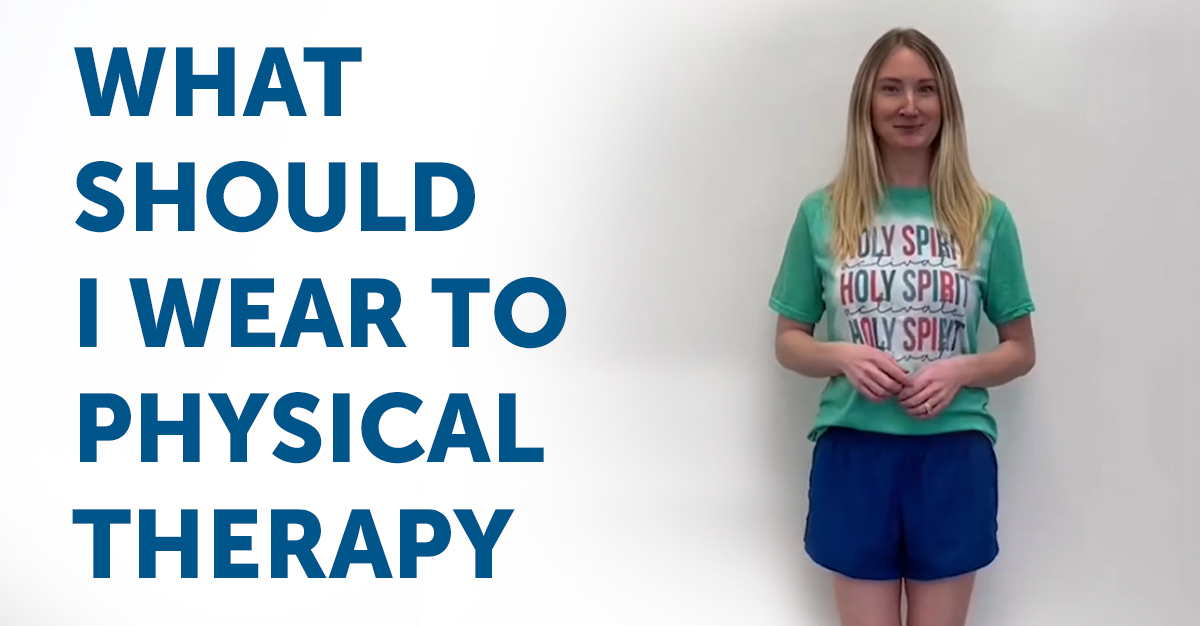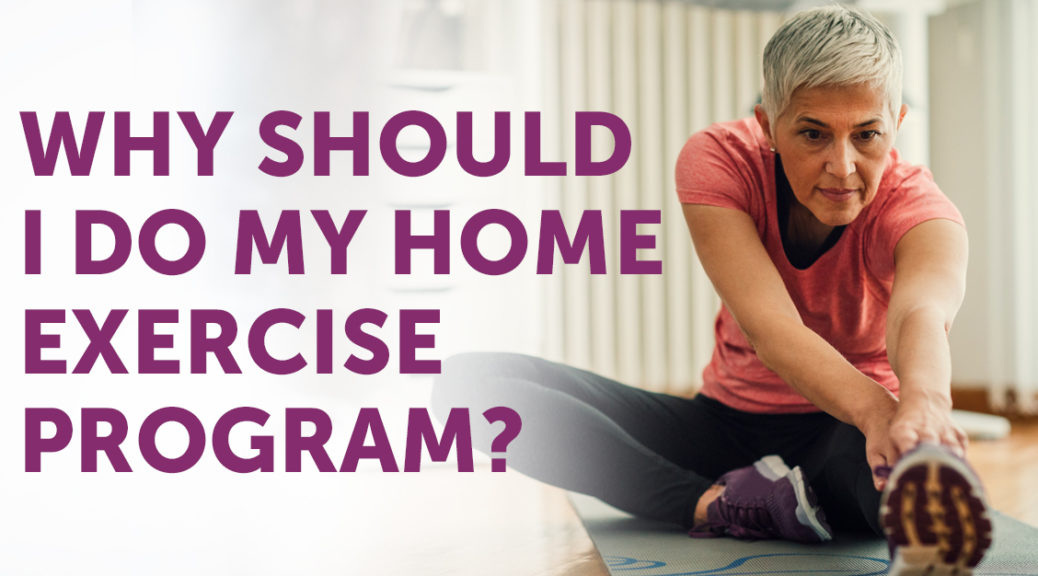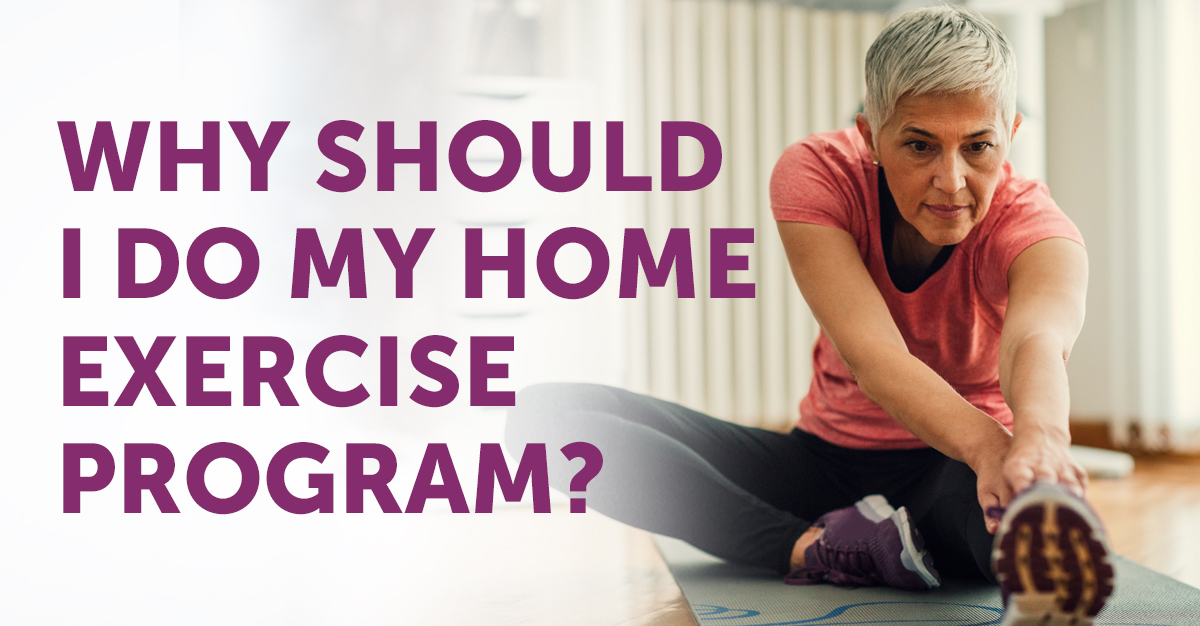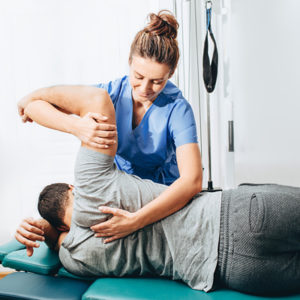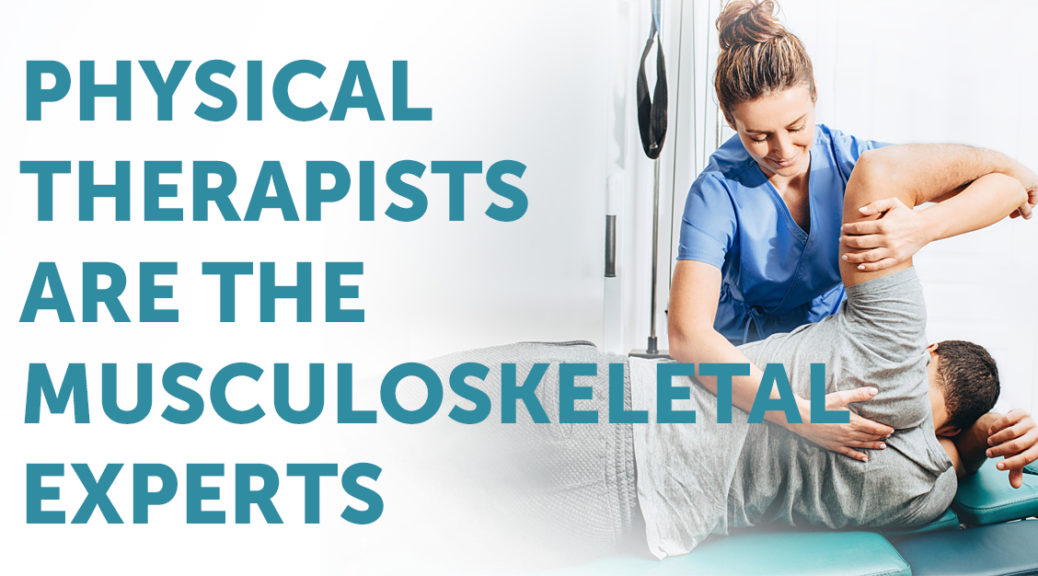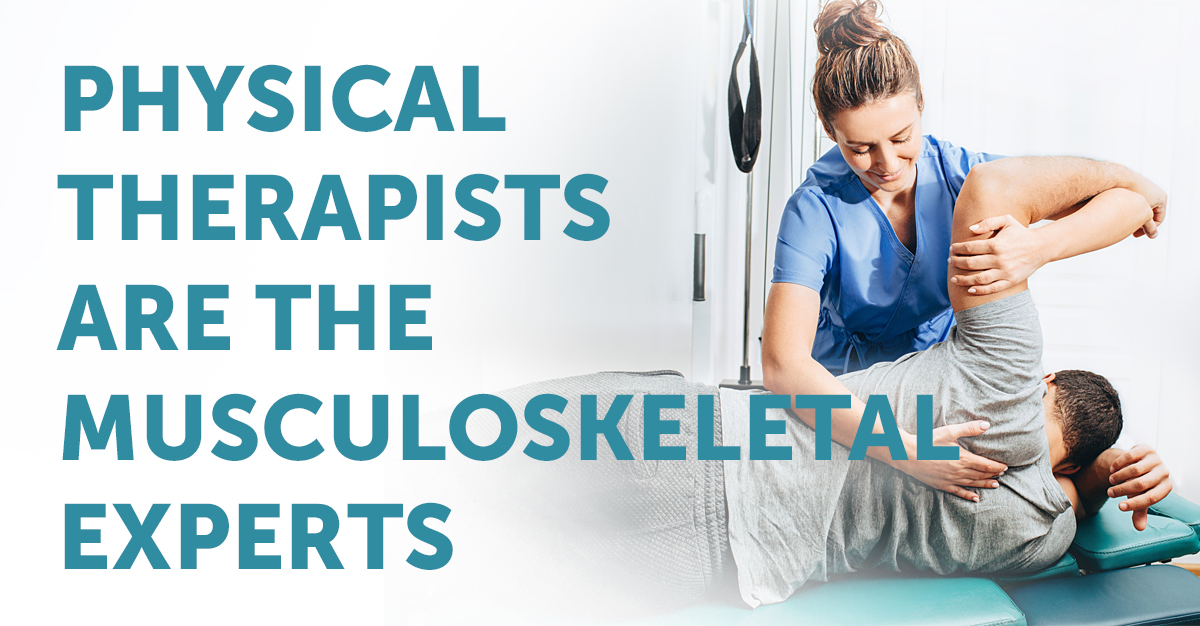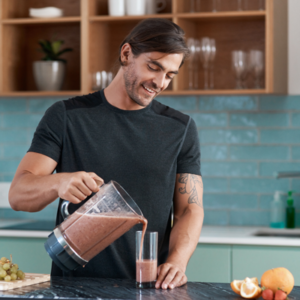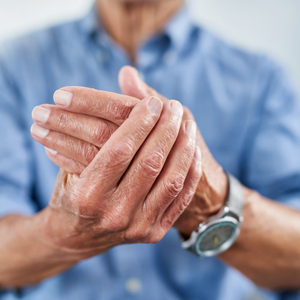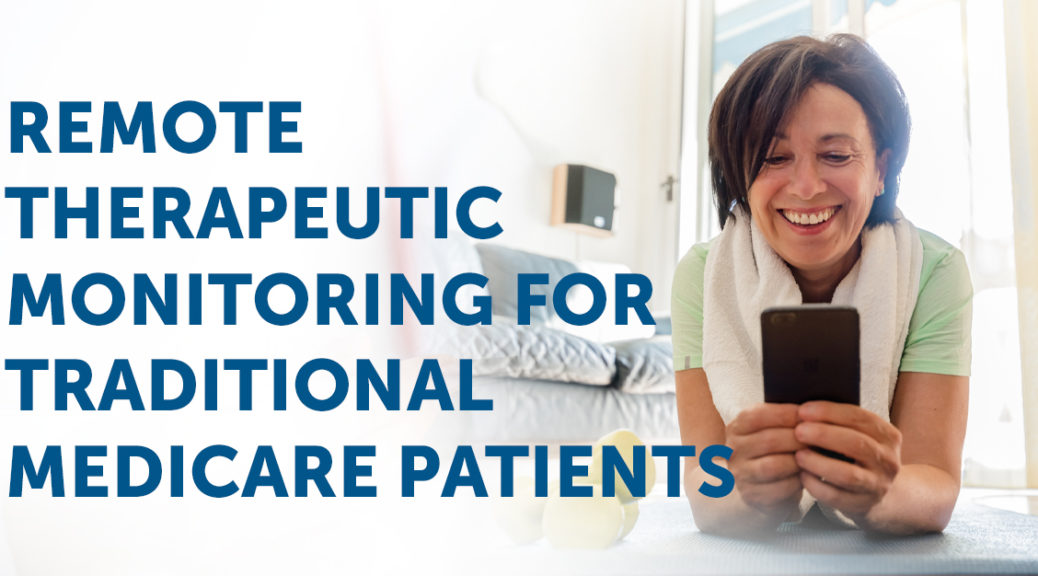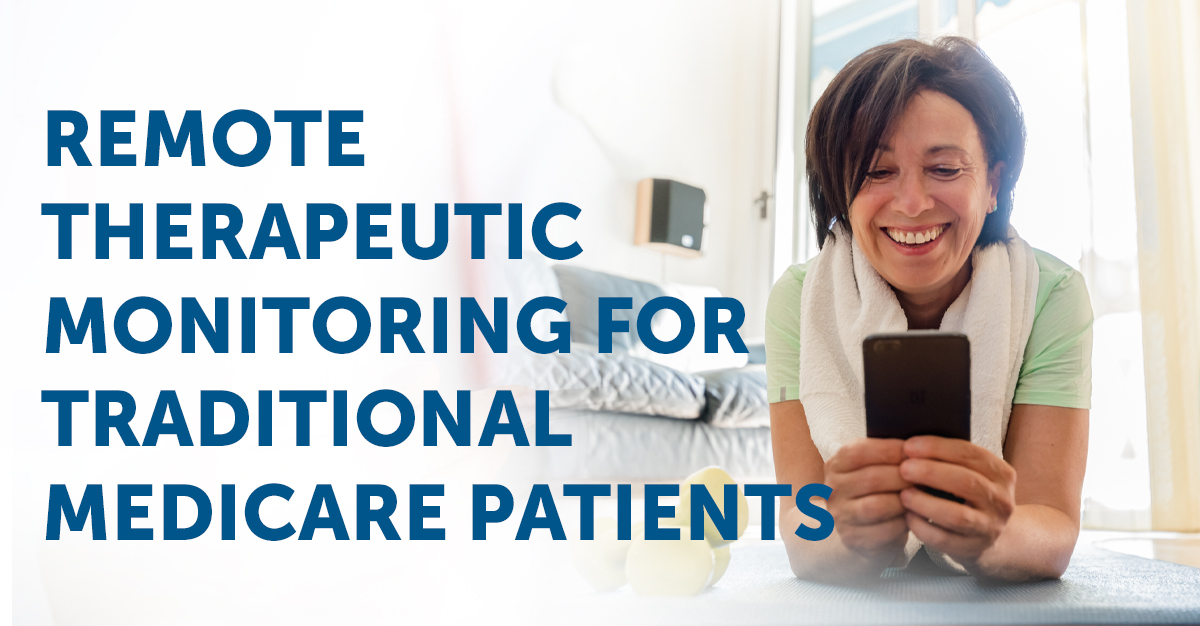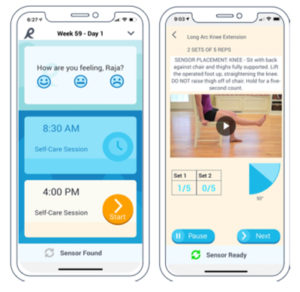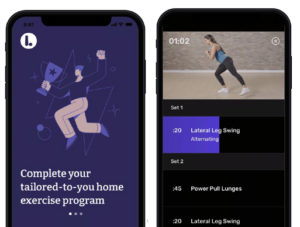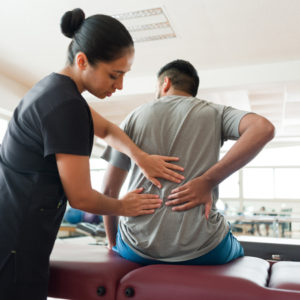
You know it’s summertime when you feel the warm heat of the sun a bit stronger on your skin and the air seems to be a little bit drier -but your clothes are quite the opposite! Sweating is your body’s natural response to cool down as the earth finally tips toward the sun ushering in the season of sunshine. But did you know there are other ways to help your body keep its cool?
Aside from the obvious refreshing drink, surprisingly, this season’s harvest provides the best antidote to the harsher conditions this time of year brings. Because your body is constantly losing water through excessive sweating, any fruits or vegetables with at least 80% water content are a wise choice.
What are the Best Foods to Beat the Summer Heat?
We have rounded up some of the most easy-to-digest fruits and veggies that offer a water content greater than 90% for even more hydration and vital nutrients!
Watermelon (92%) – this juicy fruit provides electrolytes such as potassium, a good dose of Vitamin C, and provides fiber. These nutrients help promote a healthy gut by preventing constipation and promoting regularity of bowel movements.
Strawberries (92%) – They’re low in calories. Still, high in water, fiber, and vitamin C. Strawberries provide lots of fiber, disease-fighting antioxidants, folate, and manganese, which has been shown to reduce inflammation.
Tomatoes (94%) – One medium tomato alone provides about a half cup (118 ml) of water! It is rich in lycopene, which has been studied for its potential to lower the risk of heart disease and may help prevent the development of prostate cancer.
Bell Peppers (92%) – contains the highest amount of vitamin C, compared to other fruits and vegetables, providing 317% of your daily needs in just one cup (149 grams).
Celery (95%) – With an even more impressive water content value and low calories, it makes for a great weight loss food. It is also high in Vitamin K and potassium which protects against bone-related diseases like osteoporosis.
Cucumber (96%) – Cucumbers have the highest water content of any solid food. Cucumbers are rich in the mineral silica, which helps keep skin healthy. Silica is known for its role in collagen synthesis, keeping your skin smooth and firm all summer long.
Cherries – Although this fruit is not particularly high in water, it does boast some other sweet benefits. The superior antioxidant qualities of tart cherries have been found to help increase our antioxidant defenses and protect us against the damaging effects of oxidative stress. Unlike many fruits that are on grocery store stands year-round, cherries’ growing season lasts from late spring through early summer – so get them while you can!
Here is a full list of great summer harvest foods to take with you on your next trip to the grocery store.
Let the Sun do the Cooking!
These foods are cooked on the vine all summer long and are ready to be eaten as soon they’re picked, providing you with the perfect fuel. Eating lots of dry grains, meats, hot or spicy foods, or acidic drinks such as coffee, beer, and wine will quickly dry out, irritate, and inflame the body during this hot season leading to conditions such as exhaustion, heartburn, insomnia, rashes, and constipation, to name a few. While your body will be fine consuming some of these harder-to-digest foods, do your best to eat smaller portions of the barbecue and larger amounts of the salad, fruits, and veggies to promote healthy elimination and heat regulation. The cooling foods of summer will get you through the heat of the summer.
Here are some other ways to stay hydrated:
- Carry a water bottle with you at all times.
- Add fruit or cucumber to give your water a fresh, compelling taste.
- Freeze fruits to last longer and eat them as a refreshing snack. Fruits that freeze well include bananas, grapes, melons, and oranges.
- Blend frozen fruits into a smoothie. You can add additional healthy ingredients like yogurt, chia seeds, or protein powder for added nutritional value.




